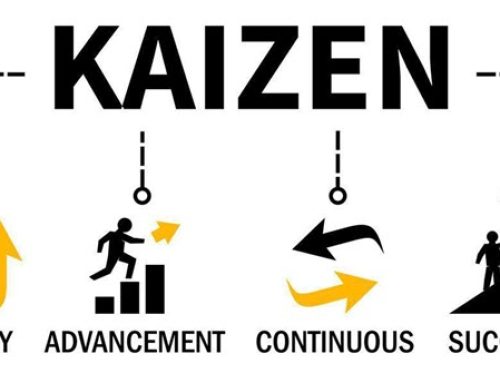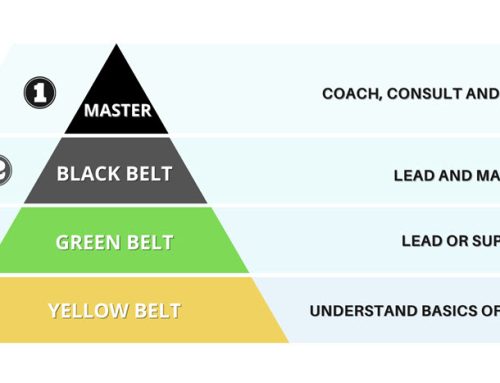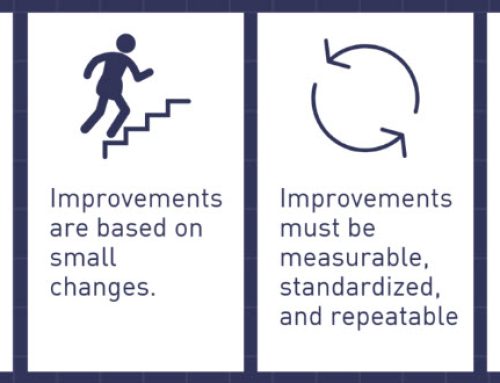“Takt time is the maximal time taken by a product to be manufactured so that it meets the customer demands.” It is derived from a German word “baton” that means “Pulse”, “Pace”, “Rhythm” or “beat”.
For example, if a company needs 20 minutes to complete a product that meets the customer demands, then that company has the takt time of 20 minutes. So it is the rate at which the company produces a complete product in accordance with the customer demand. Takt time does not depend on the number of workers working in that shift. This is the basic understanding of takt time.
However, on a capacious level, takt time can be calculated to enhance and systematize the production and efficiency of the complete process.
Important Considerations
- Takt time helps to produce accurate product in required quantity only thus minimizing the waste production and maximizing the efficiency of the finished product. In this way it gives the most organized approach for the production of right product according to customer demands.
- An immutable pulse or rhythm is created by calculating takt time that will instantly highlight issues, if any, in the operation such as lack of synchronization, quality issues or any other mechanical or manual errors.
- If takt time is not calculated, a production process might end up producing quantities that fall behind the customer’s requirements or overproduction may occur, thus results in customer dissatisfaction and can have a drastic effect on a company’s sales.
Takt Time Calculation
Mathematically takt time calculation can be described as the available production time divided by the required production units.
- Takt time = Available time for operation / required production units
The available time can be calculated by deducting the time spared for meetings or breaks etc from the total time taken by the process to complete.
- Available time for operation = Total operation time –spared time (breaks, meetings and cleaning)
The required production units showcase the customer’s requirements. Let’s continue with an example on how to do a takt time calculation.
The customer demands 200 units a day and the factory is running two shifts which is an operation time on 16 hours or 960 minutes.
The time used for breaks and cleaning per shift is 45 minutes which equal a spare time on 90 minutes per day.
The available time and takt time can now be calculated.
- Available time = Total operation time – spared time = 960 – 90 = 870 minutes
- Takt time = available time / required production units = 870 / 200 = 4.35 minutes
It shows that the customer will require one unit manufactured every 4.35 minutes. However it should be kept in consideration that any unfortunate event like breakdown or mechanical issue might take some time in a process. So before carrying out an operation, these issues must be kept in mind and proper measures should be made to overcome these problems by using the best quality and equipments or machines.
Unexpected Breakdown Time
Some studies suggest not deducting the unexpected breakdown time from the total time but some sources propose to deduct it as it becomes a known amount of time and it should be subtracted just like the meeting or break times.
Let’s look at potential issues with both the approaches:
- If the unexpected breakdown time is subtracted we will have a smaller value of takt time. and it might result in overproduction in the circumstances where there is no unexpected breakdown.
- If we do not deduct the unexpected breakdown time we will have higher takt time and this will result in not being able to deliver on time in full (OTIF) in case of an unexpected breakdown.
These two approaches bring us to a conclusion that a company should regularly maintain and systematize its production process so as to minimize the risks of unexpected down times whether it is due to an equipment failure or any other reason. So a company should include the average unexpected down time and simultaneously overcome the underlying issues for more accurate results in their takt time calculation.
Difference between Cycle Time, Lead Time and Takt Time Calculation
Often takt time is confused with lead time and cycle time.
Cycle time is considered to be the time in which the product is completed from scratch to finished product.
However, lead time is the time between the order and delivery.
For example, the company receives an order on December 10, starts working it on December 12 and delivers it on December 15. So lead time is 5 days and cycle time is 3 days.
Whereas takt time is the rate at which the product is produced according to customer’s demand.






